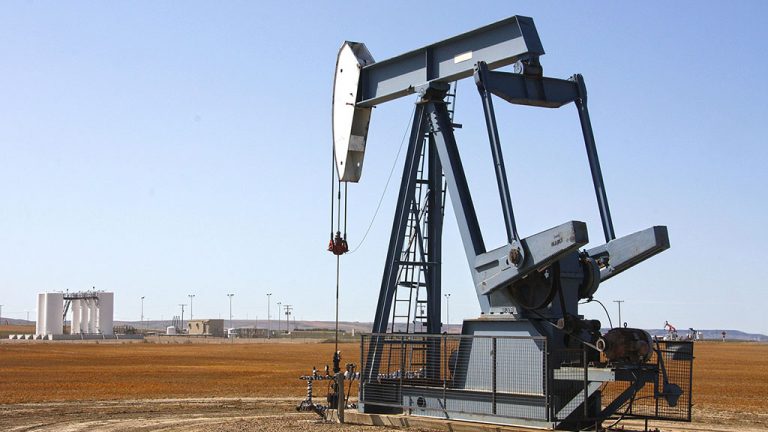OTTAWA — A new report prepared by BuildForce Canada considers the impact of retrofitting existing buildings to improve their energy efficiency in support of the Government of Canada’s goals to achieve net-zero by 2050.
Building a Greener Future: Estimating the impact on construction labour demands from transitioning buildings in Canada away from fossil fuels states retrofitting Canada’s residential, commercial and institutional building stock to incorporate sustainable fuel sources, technologies and materials could require as many as 57,000 additional construction workers and generate more than $81 billion in new construction investments by 2032.
Furthermore, it’s occurring at a time when construction labour markets have been operating at, or near, full capacity in many regions of the country.
It was developed with input from an industry steering committee consisting of representatives from the Canadian Home Builders’ Association, ClimateCare, the Heating, Refrigeration and Air Conditioning Institute of Canada, the Mechanical Contractors Association of Canada and Reliance Home Comfort.
It models a scenario in which two types of green building activities are performed: converting space and water heating equipment from fossil fuels to electric power sources and retrofitting buildings to improve energy efficiency and minimize heat loss.
Building a Greener Future found:
- As many as 16,300 new jobs relating to fuel switching could be created in the residential sector alone, while a further 40,600 may be created to perform energy-efficiency retrofits.
- More labour will be required to accommodate the conversion of, and renovations to, Canada’s stock of commercial and institutional buildings, although data to support modelling the impact of these conversions was not available for this iteration of this report.
- Data from Natural Resources Canada show buildings account for 13 per cent of total greenhouse gas emissions in the country. More than three-quarters of those emissions come from the fuel sources used to power space and water heating equipment. Retrofitting these buildings to improve their energy efficiency and reduce their carbon footprint has therefore become an important component of Canada’s strategy to mitigate climate change.
Building a Greener Future also models the implications of the green building transition across the provinces. It found the impacts of fuel-switching could be comparatively lower in Quebec and the Atlantic provinces, where a large proportion of homes are already equipped with electric-powered heating equipment.
However, many homes in the Atlantic provinces may require extensive retrofits to bolster energy efficiency.
In Ontario and the Prairie provinces, a high percentage of homes rely on space and water heaters that are powered by fossil fuels such as natural gas, heating oil, coal and propane. Therefore demand for skilled workers to perform fuel switching will be high in many of these provinces. This is in addition to the requirements for additional workers to carry out energy-efficiency retrofits on many older homes to reduce heat loss and therefore minimize the draw on electricity infrastructure.









Recent Comments
comments for this post are closed